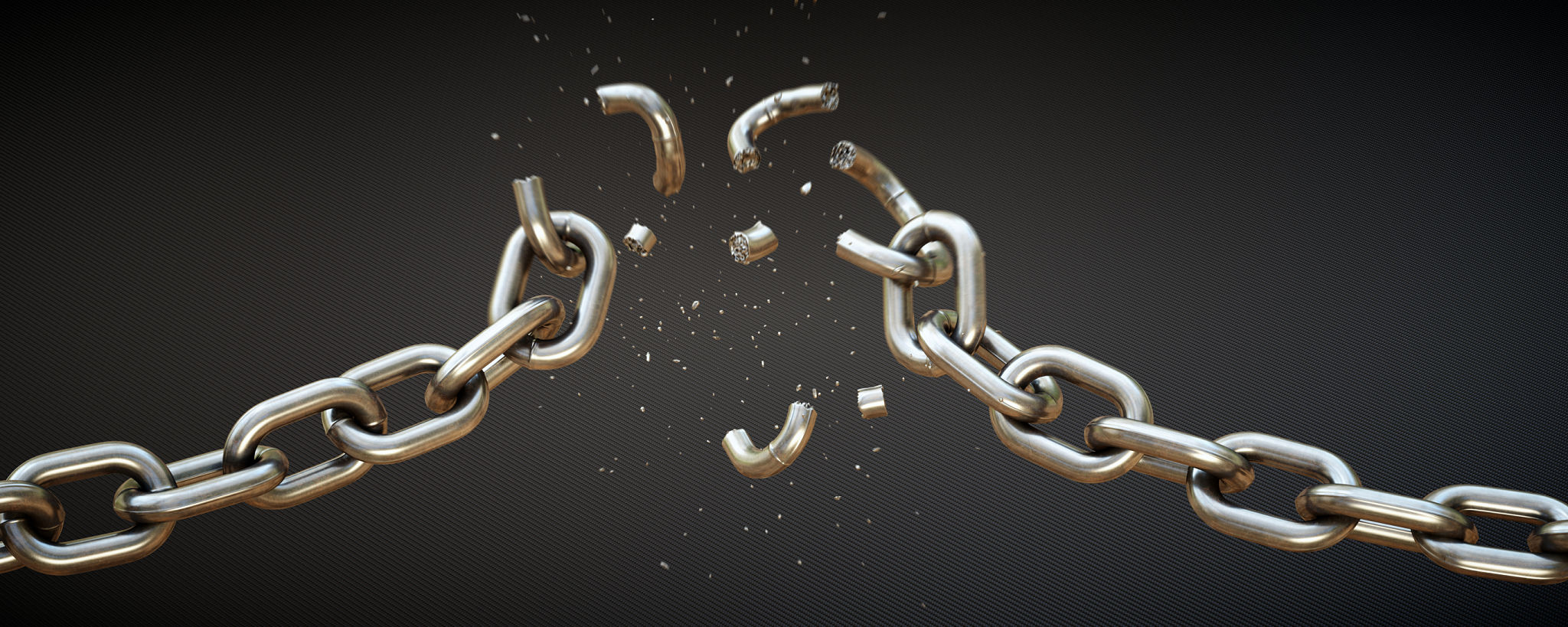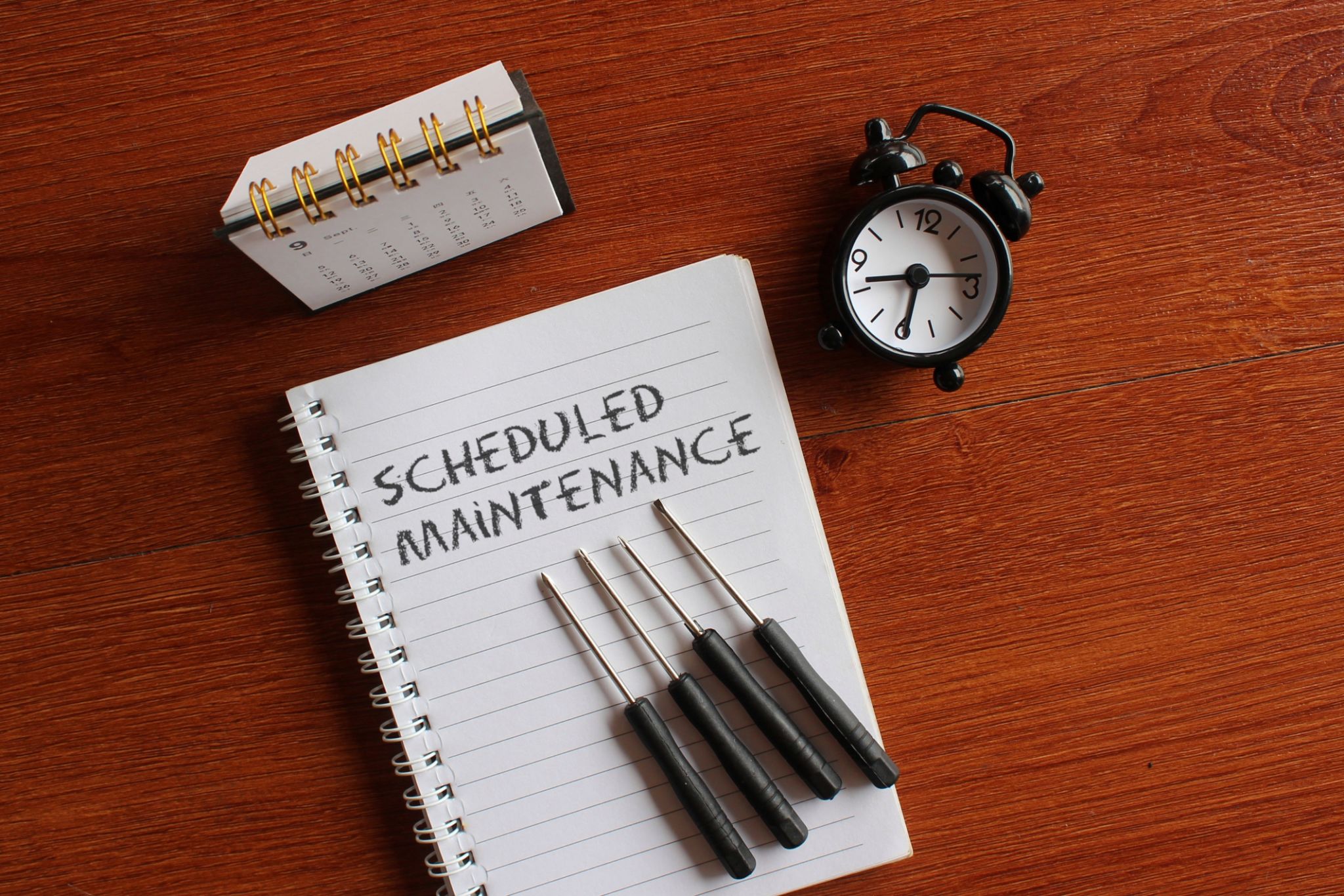DIY Tips for Basic Website Maintenance
Understanding the Basics of Website Maintenance
Maintaining a website is an essential task for any business or individual with an online presence. Regular maintenance ensures your website remains functional, secure, and engaging for visitors. While it might seem daunting, many basic maintenance tasks can be handled with a DIY approach, saving both time and money.

Regular Software Updates
One of the simplest yet most important tasks in website maintenance is keeping your software updated. This includes your content management system (CMS), plugins, themes, and any other software components you use. Regular updates help protect your website from security vulnerabilities and improve overall performance.
- Check for updates to your CMS at least once a month.
- Update plugins and themes regularly to ensure compatibility.
- Back up your website before making significant updates.
Backups: Your Safety Net
Backing up your website regularly is crucial. It acts as a safety net in case anything goes wrong during updates or if your site is compromised. Most hosting providers offer backup services, but it's wise to have your own backup strategy in place.
Consider using automated backup tools that can schedule backups at regular intervals. Ensure your backups are stored in a secure location, and verify them periodically to ensure they can be restored if needed.

Optimize Website Performance
Website speed is critical for user experience and search engine optimization (SEO). Slow loading times can lead to higher bounce rates and lower search rankings. Here are some ways to optimize your website's performance:
- Optimize images by compressing them without losing quality.
- Use a content delivery network (CDN) to distribute content efficiently.
- Minimize the use of heavy scripts and plugins.
Check for Broken Links
Broken links can frustrate users and harm your site's credibility. Regularly checking for broken links ensures that all parts of your website are accessible. Tools like Google Search Console or third-party link checkers can help identify broken links quickly.
Once identified, fix or update these links to maintain a seamless user experience. This simple step can significantly improve the overall quality of your website.

Enhance Security Measures
Security should always be a top priority in website maintenance. Implementing strong security measures protects your site from potential threats and data breaches. Start by using strong, unique passwords for all accounts associated with your website.
Additionally, install security plugins that offer features like malware scanning, firewall protection, and login attempt monitoring. Keeping these tools updated is crucial to maintaining a safe online environment.
Monitor Website Analytics
Regularly monitoring website analytics helps you understand how users interact with your site. Analytics tools provide insights into visitor behavior, popular content, and areas needing improvement. Use this data to make informed decisions about your content strategy and design improvements.
Setting up goals and tracking conversions can also help measure the success of your marketing efforts and identify opportunities for growth.
Create a Maintenance Schedule
To ensure that all these tasks are completed regularly, create a maintenance schedule. A well-organized schedule helps you stay on top of necessary updates and checks without feeling overwhelmed. Consider allocating specific days each month for different maintenance tasks.
This proactive approach not only keeps your website functioning smoothly but also helps prevent minor issues from becoming major problems.
